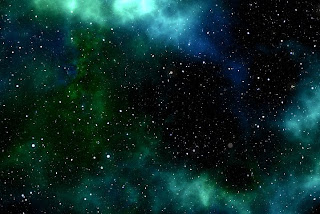369

Researchers at the Technical University of Munich (TUM), Germany, have found evidence for the existence of a foreign and indistinct type of matter containing four neutrons that bind together. The indications of the presence of such a tetraneutron were first observed in an experiment 20 years ago. But the new approach was more accurate and clearer.
Image Credits: Pixabay
All matter consists of neutrons, but neutron stars contain matter that is made of particles which are bound together by strong nuclear forces. However, it is still unknown what is the exact structure of this neutron.
In 2002, the research team discovered some facts that tetraneutrons are the result of the collision between carbon and beryllium atoms. Many nuclear physicists were amazed by this outcome, but they were unable to give scientific explanations behind the experiments.
Researchers performed a different particle collision to find solid evidence of a tetraneutron. “We formed something like the smallest neutron star you can imagine, consisting of only four neutrons,” said Roman Gernhauser, a Researcher at the Department of Physics at TUM.
The research team made helium atoms consisting of four more neutrons than usual and collided them with protons. After the collisions, the atoms were left with four neutrons that could combine to form a tetraneutron.
The researchers computed the momentum and amount of energy of all the particles before and after the collision. From their conceptual calculations and previous experiments, they were able to measure the amount of missing energy after the collision if it was spent for the formation of a tetraneutron.
According to Gernhauser, the missing energy was not measured accurately because the experiment was conducted to control every reaction that could have intervened in the creation of a tetraneutron. While detecting the missing energy, researchers discovered that tetraneutrons were formed for 10-22 seconds.
“This is a real tour de force, ”said Martin Freer, Director of the Birmingham Energy Institute at the University of Birmingham, UK.
“The discovery will help physicists fine-tune theories about the nature of nuclear forces,” said Carlos Bertulani, a Professor at the Department of Physics at the Texas A&M University-Commerce. According to him, nuclear physicists were unable to find how neutrons bind together.
Thomas Faestermann, a Researcher at TUM, said that his research using lithium atoms to form tetraneutrons has shown that the energy used to form them was different from the new result. He agreed that tetraneutrons could be created but didn’t know-how.
“I am thinking about how to reconcile our two measurements,” said Farstermann.
Researchers are now creating a detector that could record every signal during the formation of tetraneutrons. This method would help them examine the matter more easily than determining its energy.
The detailed research has been published in the journal Nature.
Follow us on Medium!

